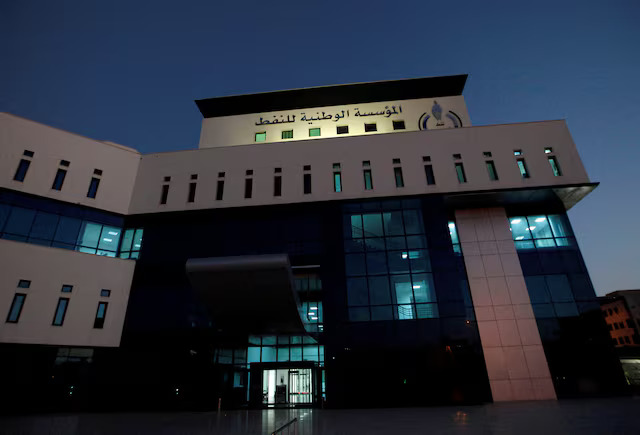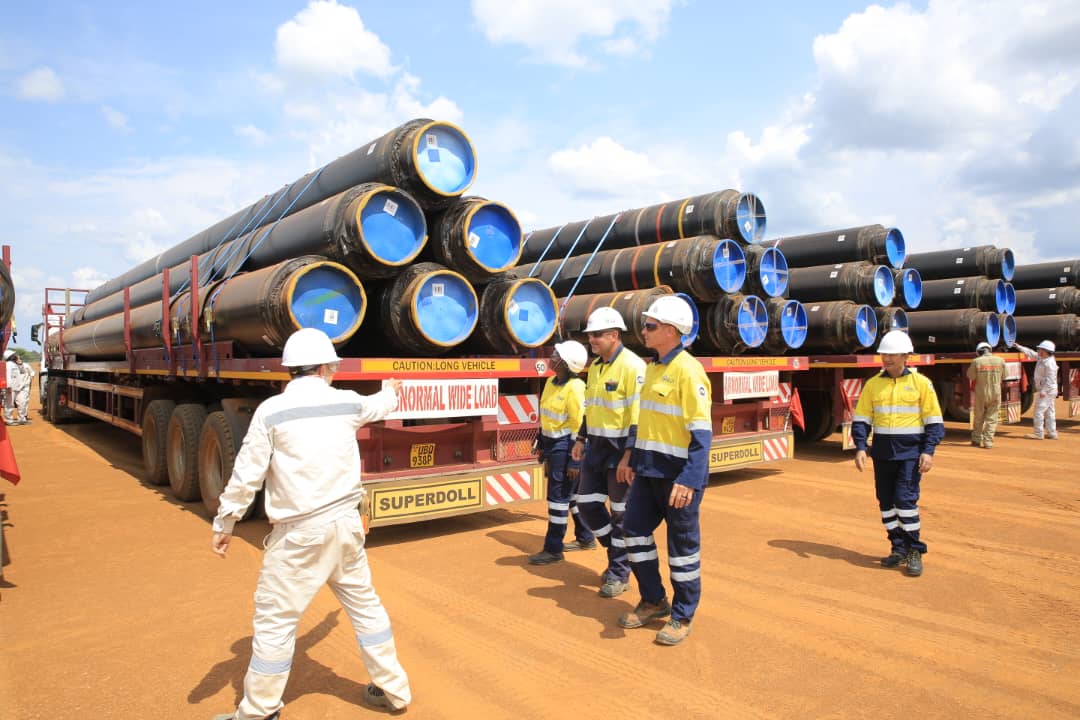Distribution

Ethiopia Enhances Regional Integration by Supplying Electricity to Neighboring Nations

The Ministry of Planning and Development has reported that Ethiopia has been creating a new dynamic for regional cooperation by extending its progress in renewable energy far beyond its borders, using clean and sustainable power to integrate the region.
Mensur Dessie, Climate Institutional Development Advisor at the Ministry, emphasized that the country is leveraging strategic partnerships and climate agreements to integrate the region with a shared, sustainable power grid.
Speaking to ENA, the lead executive officer stated that Ethiopia's renewable energy initiatives are setting a precedent for sustainable development across Africa, extending their impact beyond the country's borders.
The country’s achievements in renewable energy, including the Grand Ethiopian Renaissance Dam (GERD), benefit not only Ethiopians but also the entire region by providing a clean and sustainable energy source, Mensur noted.
Ethiopia has taken proactive measures to combat climate change through comprehensive policies and strategies, he said, stressing that the country has diligently implemented its Nationally Determined Contributions (NDC), a commitment aimed at reducing greenhouse gas emissions and enhancing resilience to climate change impacts.
According to Mensur, Ethiopia's NDC, which will remain in effect until 2030, indicates the country's long-term commitment to environmental sustainability, which is supported by the nation's Climate Resilient Green Economy Development Strategy.
These ambitious measures of the country not only address immediate environmental concerns but also lay the groundwork for a sustainable future, he added.
“Ethiopia is actively implementing its NDC, aimed at minimizing greenhouse gas emissions and enhancing resilience to climate change impacts,” he stated, adding, “The country has adopted Long Term Low Emission and Climate Resilient Development Strategy that runs from 2021 to 2050 and focuses on achieving net zero and even negative carbon emissions in the long run.”
Mensur acknowledged that while other African nations are also formulating and submitting their strategies to the United Nations, Ethiopia's comprehensive approach and commitment to climate action is evident in its practical initiatives, including the Green Legacy Initiative and the development of renewable energy sources such as hydropower and wind energy.
These efforts are intended to foster environmental stewardship while promoting economic growth, he stressed.
A key aspect of Ethiopia's renewable energy development is its hydropower projects, which have enabled the country to export electricity to its neighbors, which not only boosts regional energy security but also positions Ethiopia as a key player in Africa's energy market.
Mensur further noted that these initiatives are vital for integrating the region and fostering cooperation among African countries.
“The practical climate mitigation efforts of Ethiopia through initiatives like the Green Legacy initiative and the development of renewable energy from water, wind, and other sources. Notably, the nation’s hydropower projects are enhancing regional integration by supplying electricity to neighboring nations,” he elaborated.
He also explained that Ethiopia's progress in renewable energy and environmental conservation is creating a healthier environment for its citizens and helping to mitigate climate change.
This proactive approach, he added, is inspiring other nations to follow Ethiopia's lead and demonstrates the country's commitment to addressing global climate challenges.
Ethiopia is set to showcase its achievements and climate response measures as a model for sustainable development at the second Africa Climate Summit, scheduled for September 8-10, 2025, in Addis Ababa.
According to Mensur, the nation's successes can serve as a model for sustainable development that other countries in the region can emulate.
It was learnt that Ethiopia has significant renewable energy potential with hydropower estimated at 45 gigawatts, while wind and geothermal have a combined potential capacity of 15 gigawatts












